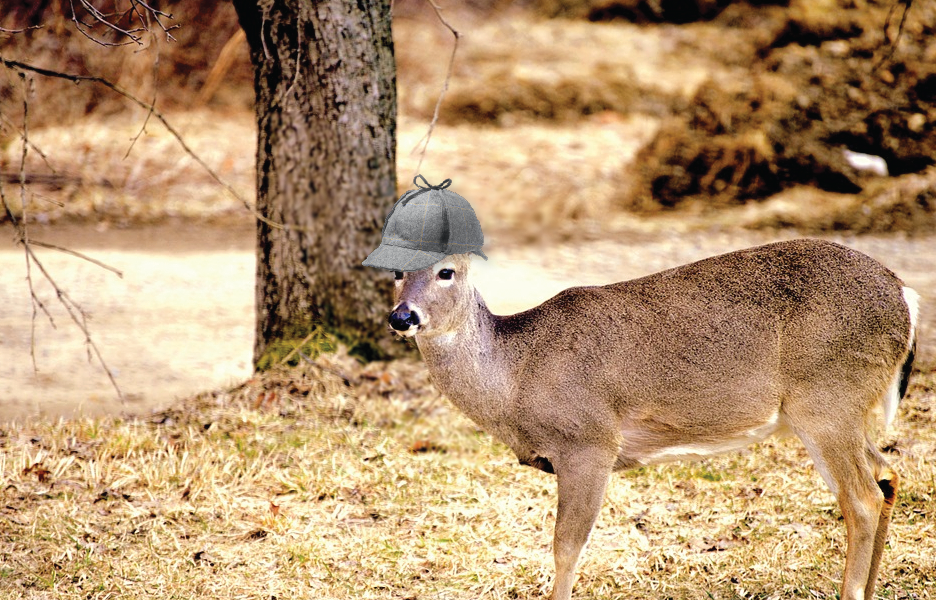Celebrate Labor Day. Check.
Watch alma mater’s first football game of the season. Check.
Plant cool season food plot. _______
The coming of fall brings with it a variety of favorite fun activities. Planting a cool season food plot might not be top of the fun list, but with our simple tips for establishing a food source for your wildlife this winter it may become a favorite wildlife management activity.
The purpose of a cool season food plot
A cool season food plot should be considered a food supplement, not replacement, for natural habitat. There is no substitute for smart wildlife management that nurtures native vegetation but sometimes during critical periods when food is scarcer – like winter ― we need to give nature a boost.
Taking the mystery of the plot
Like any plot – whether the plot to a mystery novel or one for wildlife nutrition – there can be all manner of devilish details. For food plots, those details can go deep into the soil with pH level measurements and lime applications. If the prospect of soil chemistry has you wanting to close the book on this mystery, just keep reading. We’ll keep the plot simple.
The setting
When choosing an area for your food plot, select a site that is open and tillable but also near cover. To reduce competition with trees, try to maintain a nice distance from any woodland edge. Look for flat ridge tops, bottom lands, or along the contour of a gentle slope for establishing your food plot. And be advised that “old, worn out” cropland fields are not the best candidates for food plots.
The plot devices
For an all-purpose plot that will appeal to deer, turkey, and quail, planting legumes with a thin stand of grass will provide both green forage as well as plentiful insects for turkey and quail. An example food plot might be a mixture of grasses that include oats, wheat, legumes such as hairy vetch, and Austrian winter peas, and clovers such as white sweet clover, yellow sweet clover, and armadillo bur clover.
Letting the plot develop
Like a bowl of popcorn while reading a thriller, your food plot can be wiped out before the second chapter. To prevent overgrazing by deer on young plants, install fencing to allow time for the plot to get established. Electric fencing is a cheaper alternative than traditional fencing.
Skipping the sequel
Unless it’s an extraordinary rainfall year, it’s best to not “double crop” food plots. That is, do not try to grow a cool season food plot and warm season food plot on the same location in the same year.
Get a ghostwriter
If you’re ready to develop your own plot and can’t do it alone, Landmark Wildlife can help with technical advice. We can delve into the dirty details and help you create a thrilling cool season plot. For more information, contact us at landmarkwildlife.com.









